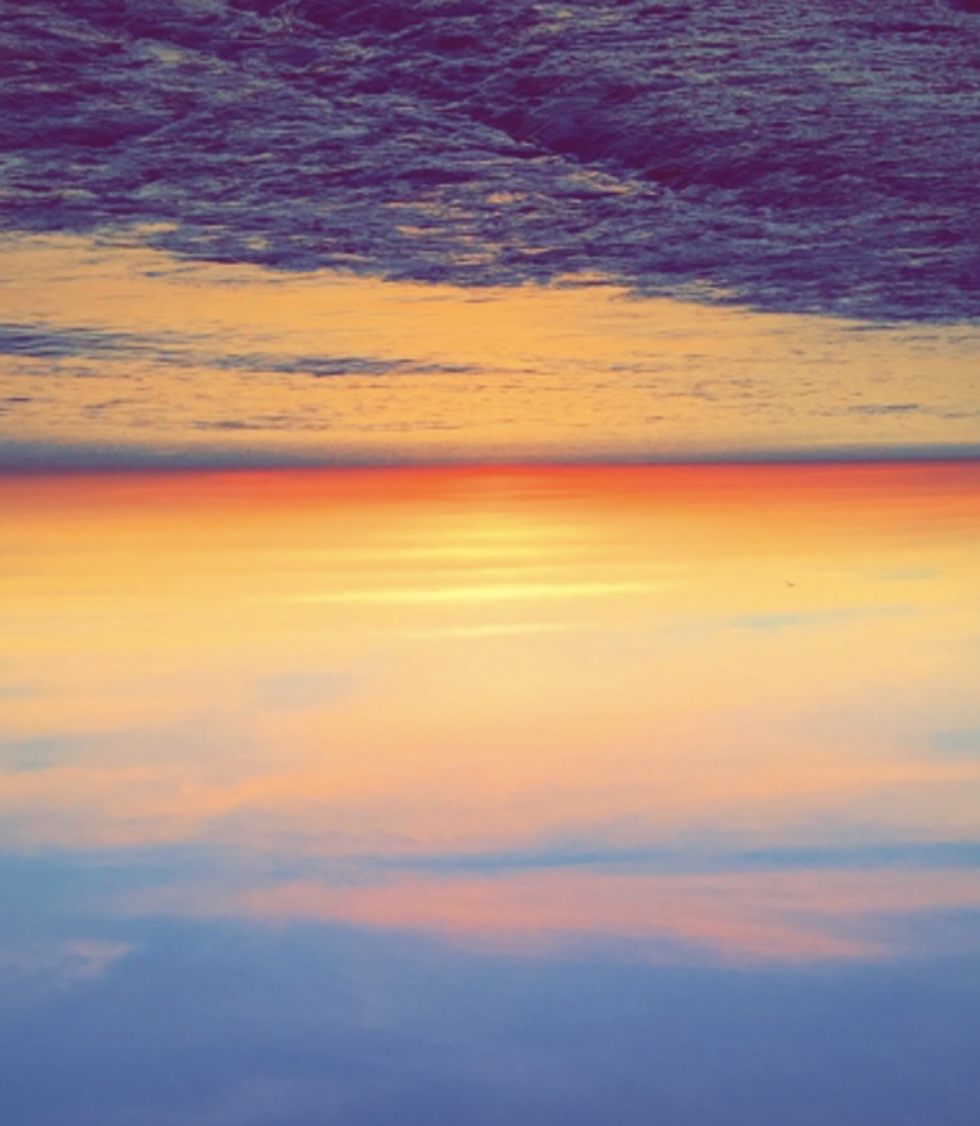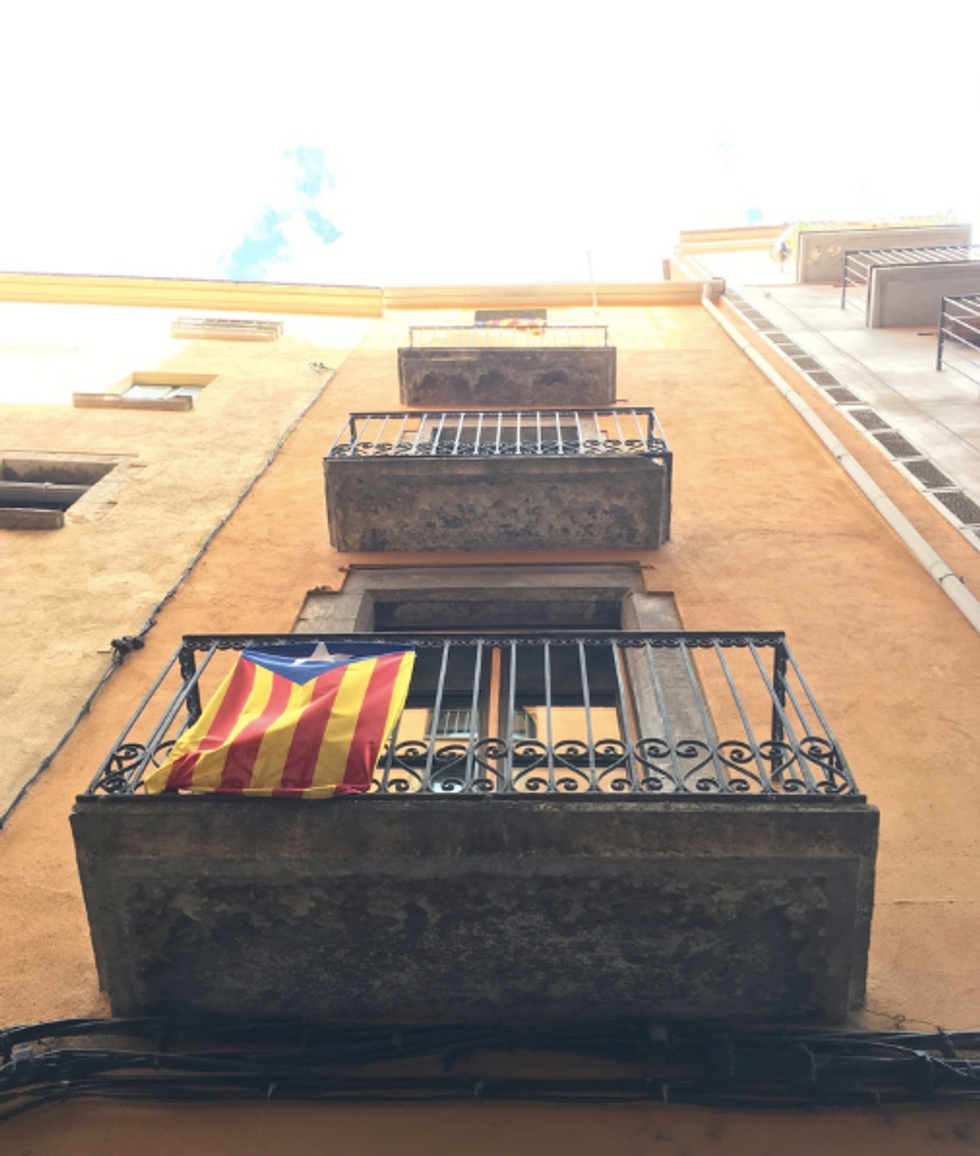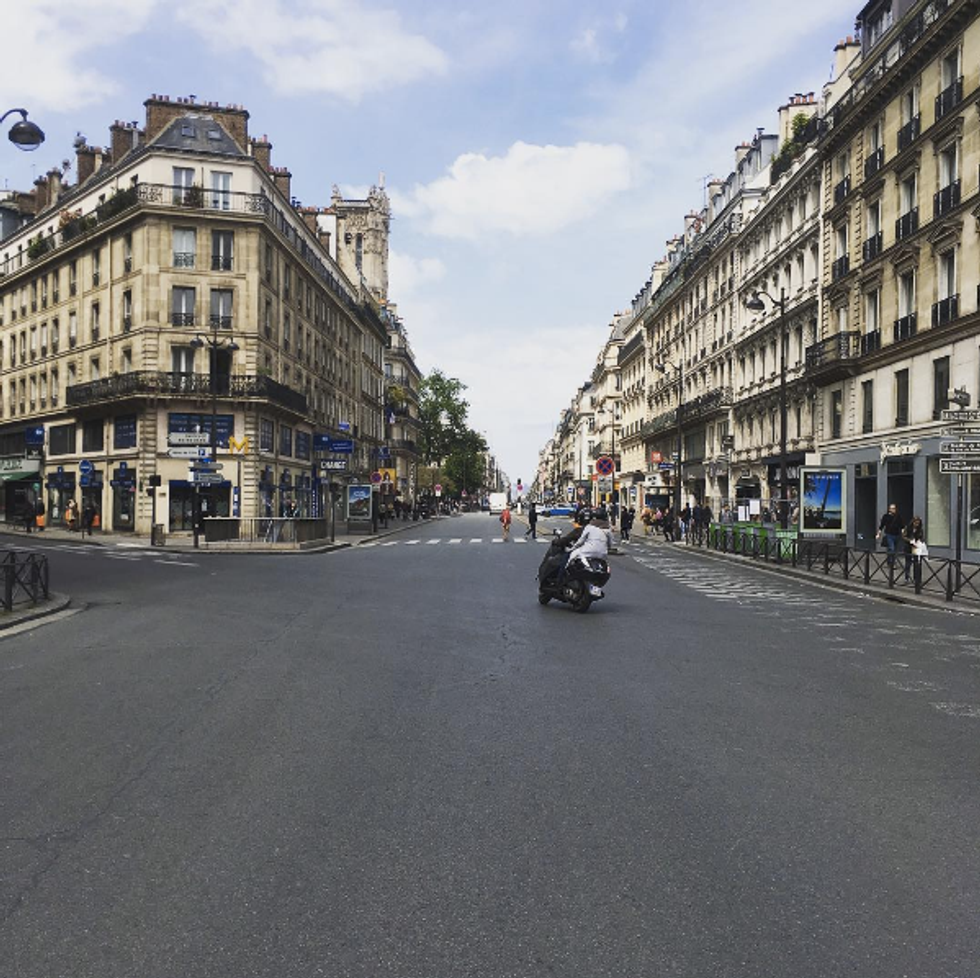Touch I remember touch Pictures came with touch A painter in my mind Tell me what you see A tourist in a dream A visitor it seems A half-forgotten song Where do I belong? Tell me what you see I need something more - "Touch" by Daft Punk
I'd like you to imagine something for a moment. Close your eyes, and keep them closed for about 20 seconds, trying to visualize the space around you.
Do you trust your visualization? Would you be able to make it to the bathroom with your eyes closed? Could you make it across the street?
Now imagine that whatever was in front of your eyes when you closed them was the last thing you'll ever see. It may have been easy to visualize a space that you had already seen, but what if you walked into another room and had to create a picture of it without seeing it first? All that is left of the world you knew before are sensations you don't usually rely on to get around: the sounds, the smells, and the pictures that come with touch.
Oliver Sacks explores this topic in depth in his book "The Mind's Eye." The late neurologist describes the experiences of people who were able to see for most of their lives, but became completely blind in one way or another. Those who lost their sense of vision found other ways to move themselves in their world, creating a mental picture of the space around them just as I asked you to do, and analyzing minuscule differences in sounds (for example, rain on pavement versus rain on grass) to orient themselves.
A group of students from my E-Literature class at Case Western Reserve University experimented with this topic. After reading an excerpt from the aforementioned book, we ventured to the Cleveland Botanical Gardens and paired off. With one partner blindfolded and the other leading them through a garden, we used sound, touch and verbal descriptions to get a good enough idea of the garden we walked through to draw the space once the blindfolds came off.
As I finished walking through the garden and began my drawing, I realized how stressful it was to try and recall the space from memory. It was so difficult to piece everything together: the directions and descriptions given to me by my partner, the physical locations, sizes and textures of plants and trees I had brushed past, the sounds of water splashing in fountains and of people conversing nearby. With my crude drawing complete, I walked through the garden with open eyes to check its accuracy.
The most striking difference revealed itself immediately: the space I had imagined and had drawn as a result was overwhelmingly large. In reality, the hexagonal garden that I thought stretched on for acres was a little bit more than 50 feet in diameter. If a small garden felt like an endless maze, how large might the world seem if I was blindfolded for the rest of the day?
It's a harrowing thought, especially because I have never needed glasses or contacts and am a very visual person as a result: I have an appreciation for visual and performance art and photography; when I listen to music, I heavily associate the sounds I hear with the picture that is presented on an album's cover; and like most people, I pick up on a lot of cues in conversation based on body language and facial expressions.
But there is more to sightlessness than just spatial disorientation. Loss of vision is especially impactful in our heavily visual modern-age because so many of us increasingly receive information and communicate visually and/or electronically. Imagine never being able to reply to another Snapchat, or catch up on what your friends have been doing on Instagram. Imagine never binge-watching another show on Netflix, never again appreciating the colors and lines of your favorite art.
I have a new appreciation for sight and how it moves me physically and emotionally through the world. I'd like to share in that appreciation by sharing a few pictures I've taken and some artwork that has moved me.


















































